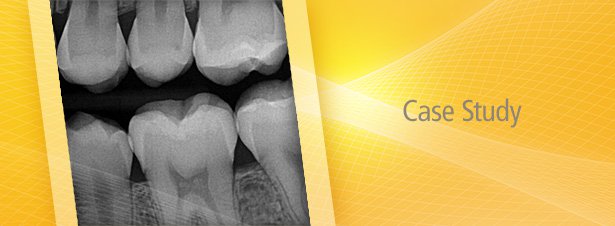
“The way to meet emergencies is to do each daily task the best we can.” – William Feather
Many dentists focus on the day-to-day impact that digital radiography has on their practices. While Dr. Darin O’Bryan agrees, he said that he has most benefited from the technology during patient emergency situations.
“I couldn’t do an emergency surgery without digital radiography,” he said. “If a patient was to come in and we were using film X-rays, it would slow down everything.”
Dr. O’Bryan started his dental practice 10 years ago in a rural logging town on the southern coast of Oregon. He would often be the first doctor available to address a patient’s dental concerns because the nearest specialist was 90 miles away. Recognizing the need and opportunity to add services, he invested in technology, and today provides cosmetic, restorative and preventative dentistry, including implants and crowns.
Faster Treatment Plans
Every minute counts when a patient is in pain or immediate need of surgery. With digital sensors, Dr. O’Bryan is able to spend more time examining and treating patients, and less time waiting on X-rays. Since the beginning of his career, he has used digital radiography during surgeries. “Compared to film,” he said, “it is the best way to take capture X-ray images.”
The images are displayed on dual monitors; one in the back for Dr. O’Bryan to preview and the other in the operatory. When he needs to adjust the contrast or highlight a problem area, he relies on the Schick 33 image management tools. This helps patients better understand the issues, making them more willing to embrace treatment.
“For emergency endo, I wouldn’t have been able to even prep the patient until I had the diagnosis, and film slows down the whole process,” said Dr. O’Bryan. “Now I can get images almost instantly, and have both my diagnosis and treatment plan figured out in minutes.”
Dr. O’Bryan has been using digital radiography since 2007, starting with the Schick CDR, then the Schick Elite and now the Schick 33. He also uses GALILEOS and CEREC CAD/CAM.
Share with your colleagues
